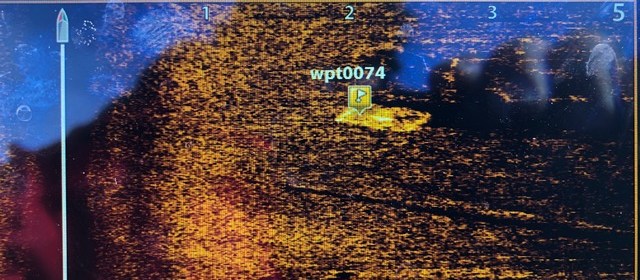Hunga Tonga Eruption Seabed Mapping Project

NIWA and The Nippon Foundation are undertaking a mission to discover the undersea impacts of the recent Tongan volcanic eruption.
Read more

NIWA and The Nippon Foundation are undertaking a mission to discover the undersea impacts of the recent Tongan volcanic eruption.
Read more
Satellite technology has been used to chart shallow areas of the Cook Islands’ seafloor in never-before-seen detail by scientists in New Zealand working with the satellite data analytics company EOMAP GmbH.
Read more
Seabed mapping surveys will unlock vital new information about the waters around the Cayman Islands and enable safe navigation and the continued development of the islands’ sustainable blue economy.
Read more
Marine-i has agreed to support marine engineering specialist Feritech Global in its plan to create an autonomous subsea vehicle specially designed for geotechnical survey work. Such a design would result in safer, more efficient and cost-effective seabed survey operations. Marine-i and Feritech are collaborating on a structured development program to define the industry standards that the new vehicle must meet,
Read more
A new breed of underwater sensor that is able to self-calibrate, enabling precise, long-duration subsidence monitoring at all depths, has been deployed at scale for the first time. The 20-plus Fetch Ambient-Zero-Ambient (AZA) pressure monitoring transponders (PMTs), developed by Sonardyne, will support an ongoing long-term, large-scale seabed monitoring project at Ormen Lange–Norway’s second largest gas field–for A/S Norske Shell. Unlike
Read more
Over the past few years, the University of Delaware has participated in a state program that supports rescuing abandoned crab pots from the seabed and researches technologies to make the search process more effective. It has advanced sonar surveys from a boat with further map storage and processing in SPH Engineering’s ATLAS AI-powered platform. The evaluations proved to be time-effective
Read more